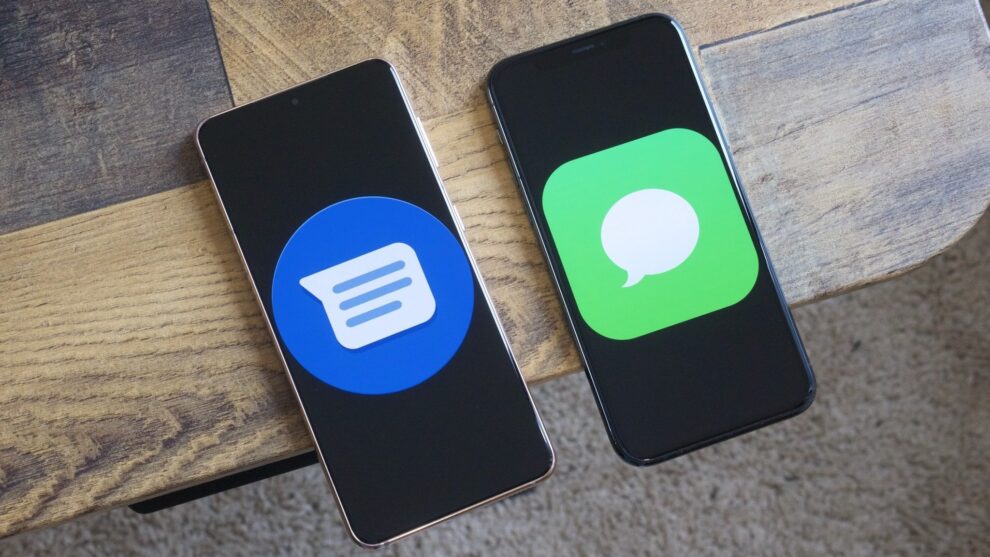Android emoji reactions are now displaying correctly on iPhones, marking the end of a long-standing messaging frustration between the two dominant mobile platforms. This development represents a major step forward in bridging the communication gap between Android and iOS users, particularly in group chat scenarios.
The update, which comes as part of RCS (Rich Communication Services) version 2.7, resolves a persistent issue where Android reactions would appear as separate text messages on iPhones, cluttering conversations and creating confusion, especially in group chats. Recent testing by The Verge has confirmed the successful integration, with emoji reactions now displaying properly between devices running iOS 18.1 and Android.
The source of this improvement remains unclear, as it could have originated from either Apple’s implementation of RCS support in iOS 18.1 or Google’s backend modifications to enhance how iPhones handle Android emoji reactions. This ambiguity reflects the complex nature of cross-platform messaging solutions and the ongoing collaboration required between major tech companies.
The development is particularly noteworthy given Apple’s historical resistance to implementing RCS support. The company’s change of stance came primarily due to regulatory pressure from the European Union and China, leading to the unexpected integration of RCS in iOS 18 this September. This implementation brought with it several enhanced features beyond emoji reactions, including typing indicators and high-resolution image sharing capabilities.
However, the full implementation of these features faces some practical limitations. The effectiveness of RCS communication depends heavily on carrier support, with conversations defaulting to traditional SMS when carrier RCS support is unavailable. This limitation is particularly relevant outside the United States, where carrier support for RCS remains inconsistent despite the widespread use of iPhones.
The journey to this point reflects broader changes in the mobile messaging landscape. Google’s persistent advocacy for Apple to adopt RCS standards has finally borne fruit, though it required significant external pressure to achieve. This development represents a victory for users who have long dealt with the fragmented nature of cross-platform messaging.
The implications of this update extend beyond simple emoji reactions. It signals a potential shift toward more unified messaging standards across mobile platforms, potentially paving the way for further improvements in cross-platform communication. The success of this integration could encourage further collaboration between major tech companies in standardizing mobile messaging features.
For everyday users, the impact is immediate and practical. Group chats that once suffered from cluttered message threads due to mismatched reaction displays now maintain their coherence regardless of participants’ device choices. This improvement enhances the overall messaging experience, making cross-platform communication more intuitive and less fragmented.
The technical achievement also demonstrates the industry’s capacity to overcome long-standing compatibility issues when properly motivated. While regulatory pressure played a crucial role in this case, the end result benefits users across both platforms, suggesting that similar improvements might be possible in other areas of mobile technology.
Looking forward, this development could set a precedent for further cross-platform integrations. As users increasingly expect seamless communication regardless of their device choice, pressure may mount for additional feature parity between iOS and Android messaging systems. The success of this emoji reaction integration might serve as a template for future cross-platform developments.
The update represents a significant step toward the ideal of platform-agnostic messaging, where users can communicate effectively regardless of their device preferences. While challenges remain, particularly in terms of carrier support and global implementation, this development marks a notable milestone in the evolution of mobile messaging technology.
For both Android and iPhone users, the improvement offers a glimpse of a future where cross-platform communication barriers continue to diminish, replaced by more unified and intuitive messaging experiences. As the mobile industry continues to evolve, such developments suggest a growing recognition of the importance of interoperability in meeting user expectations for seamless communication.
















Add Comment